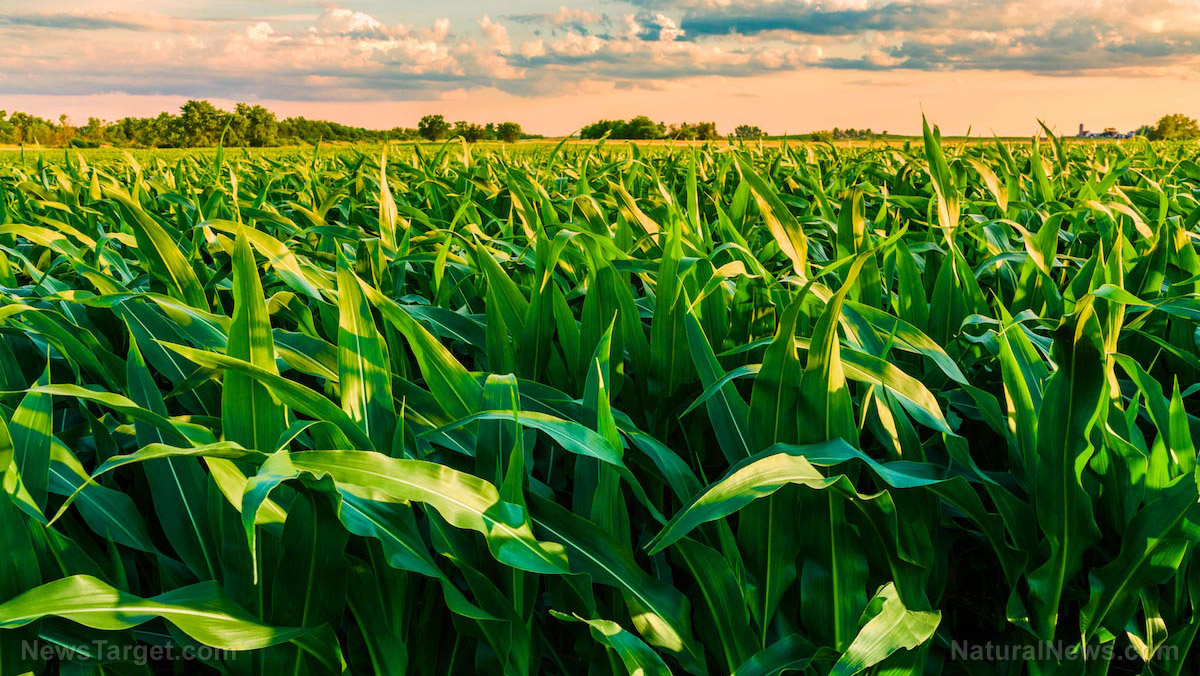Human agriculture laborers soon OBSOLETE: U.K. researchers grow the world’s first crops using nothing but drones and robots
03/17/2018 / By David Williams

Although they first became known for their use as seemingly toy-like novelty gadgets, drones have now found a niche as small-scale unmanned aerial vehicles (UAVs) for a bunch of random tasks. Most recently, a group of researchers from the U.K. have begun using drones to complement a new system of hands-free farming, and they are reporting that it has been a huge success.
The researchers claim to have successfully grown the world’s first crop of barley without any humans stepping foot in the entire land area covered by the crop. They managed to do all the seeding, spraying, monitoring, and even harvesting with nothing but drones and robot tractors, which means that the entire process was done with fully-autonomous vehicles and machinery.
Prior to starting this project, the researchers already had access to automated farming technologies on some level due to the existence of GPS steering and the like, but the idea of growing an entire crop without any people stepping onto the field was something that had never been turned into a reality before. The project was henceforth called by the researchers “Hands Free Hectare” to signify the fact that no human hands were physically involved in its completion.
According to Martin Abell, one of the researchers who worked on the project, what they managed to do was something that many others could certainly get started doing themselves. “We have been able to show the public that this is something that isn’t too far ahead in the future, and it could be happening now,” he said. “It has also allowed us to raise the perception of agriculture to the public, so they see it as a forward-thinking industry and something that might attract new people to the industry.”
The way the researchers accomplished their project tasks was rather simple and straightforward. First, they took drone technology and used it to automate some small agricultural machines like chaser bins and tractors. They also used drones to perform monitoring and to bring samples for the project’s agronomists to check.
Abell noted that the drones gave them the ability to tend to the crops remotely at all times, as necessary. “They were essentially our eyes, so we would assess the field using a multi-spectral camera and get imagery from the field showing us where it was strongest and weakest,” he said. Abell also mentioned that they sent a little ground rover to take care of collecting samples that they could then conduct agronomy on. This made it possible for them to not walk out and physically check on the crops themselves, which also helped in protecting the crops a bit more.
The researchers said that they spent a year of growing, monitoring, and harvesting their crop of barley, and now they finally feel like the system is ready to be shown off to the general public. To them, the main goal was simply to prove that it could be feasible and that it could be done on as small a budget as the one that they had to work with: $350,000.
“It was roughly $350,000 we had and that was also to hire three people’s time, as well as all the equipment we had to buy,” Abell said. “I am sure if we can make it happen on that budget, they can do it commercially with something that is user-friendly for farmers.”
The researchers are going to explore other ways of applying the new hands-free system they developed. In the meantime, they plan to take the initial crop of barley that they harvested and turn it into “a hands-free beer.” That’s surely worth a toast or two.
Find out more farming innovations in Harvest.news.
Sources include:
Tagged Under: aerial vehicle, crops, drone, farming, farms, food supply, future of food production, future tech, hands-free crops, robotics




















